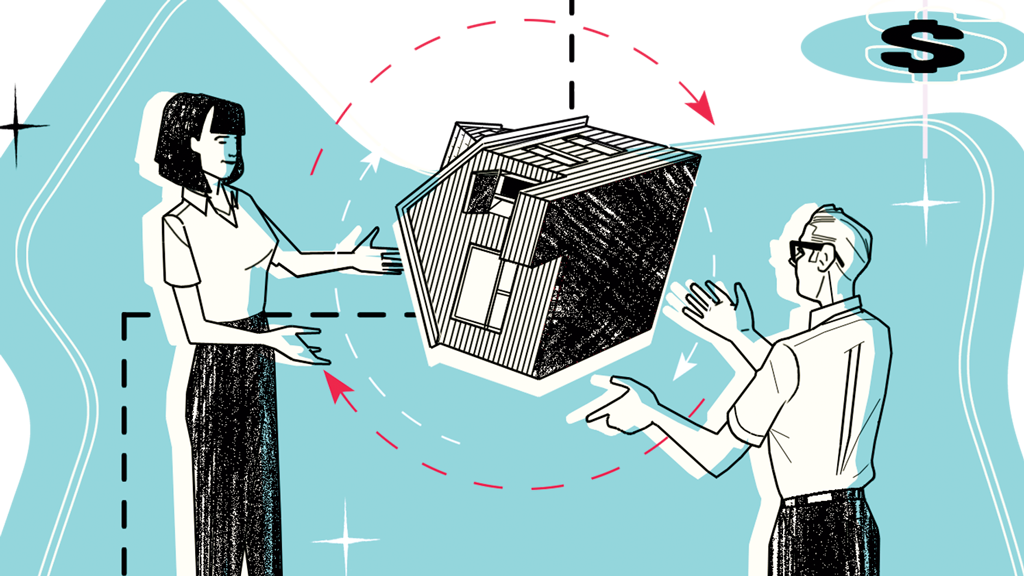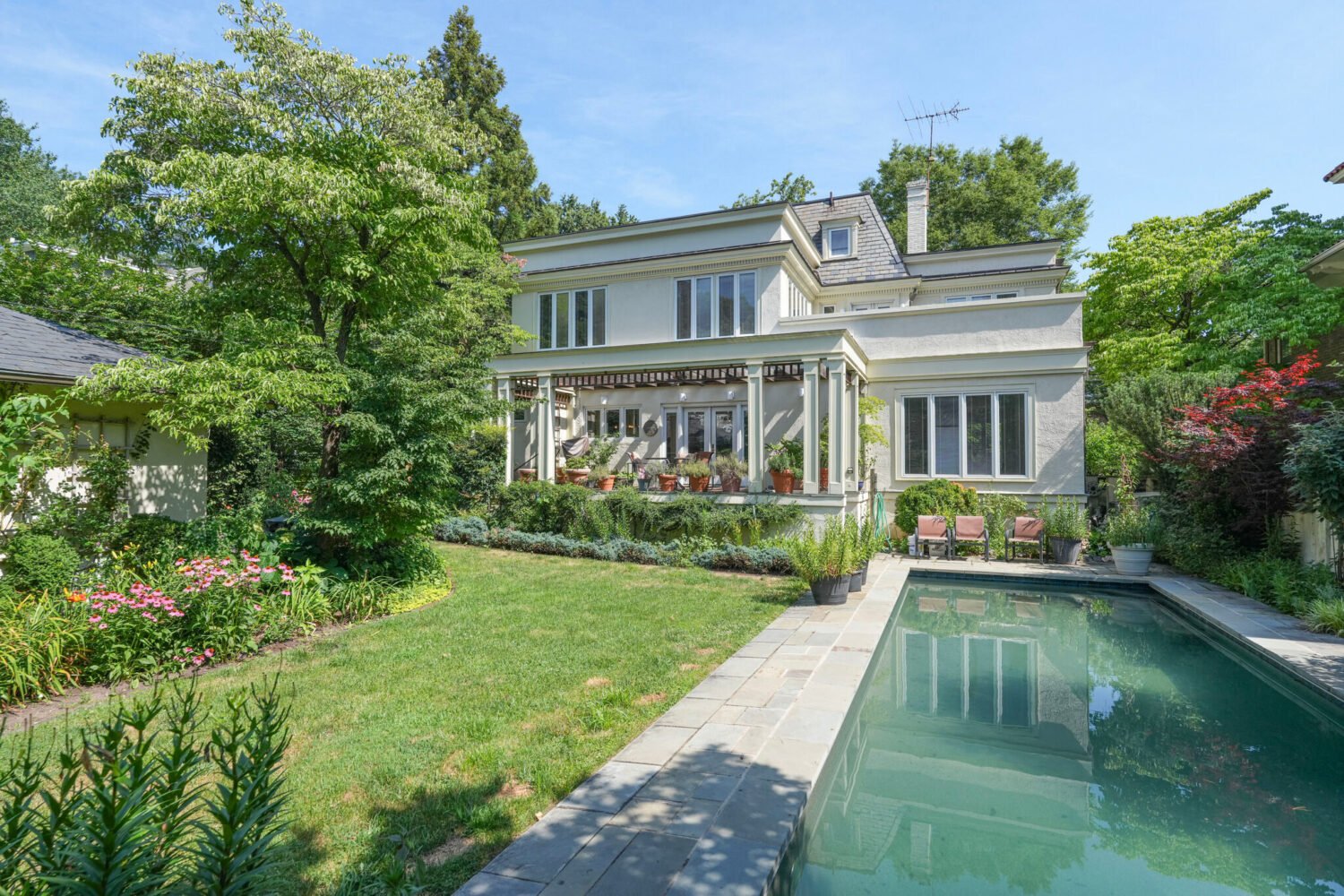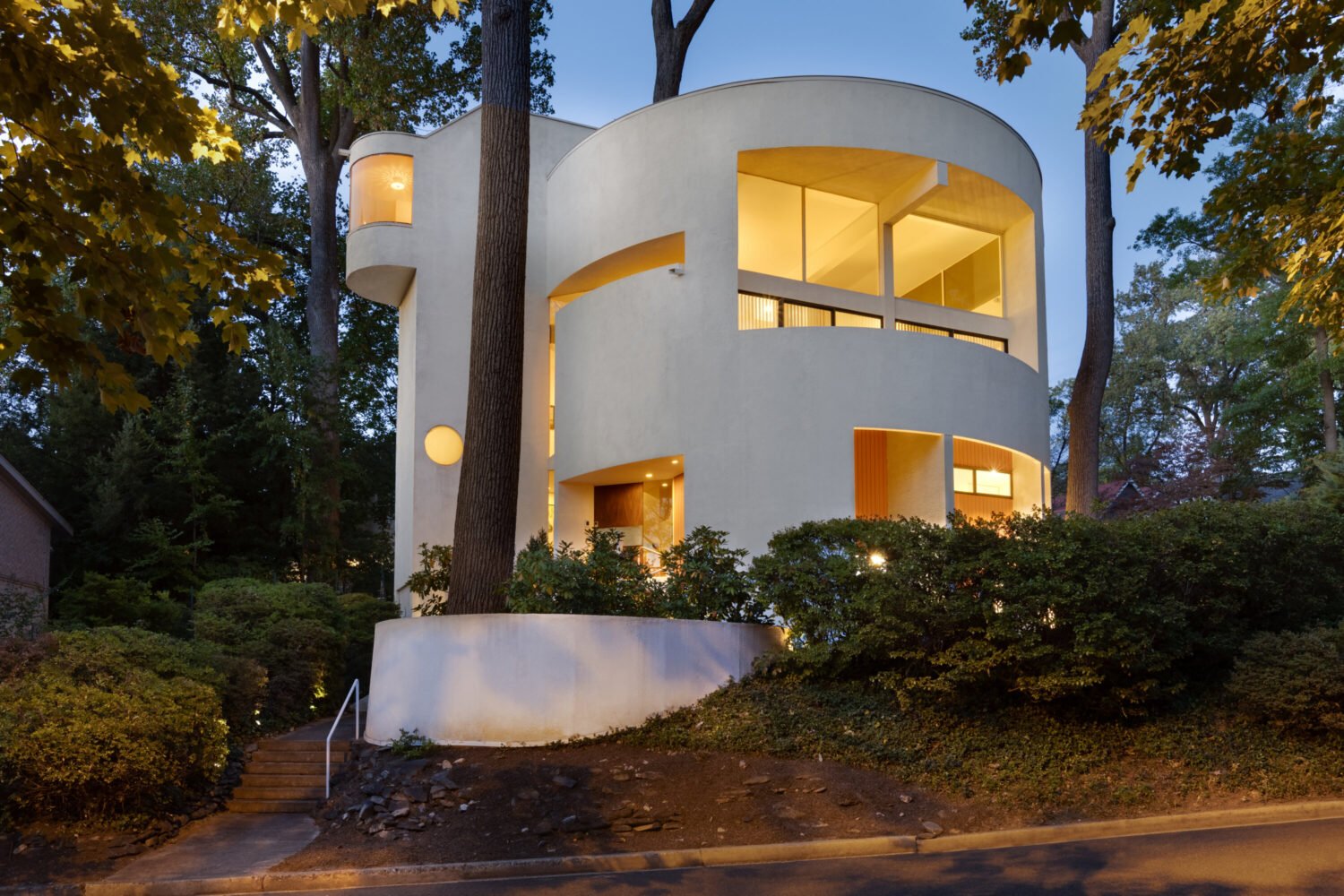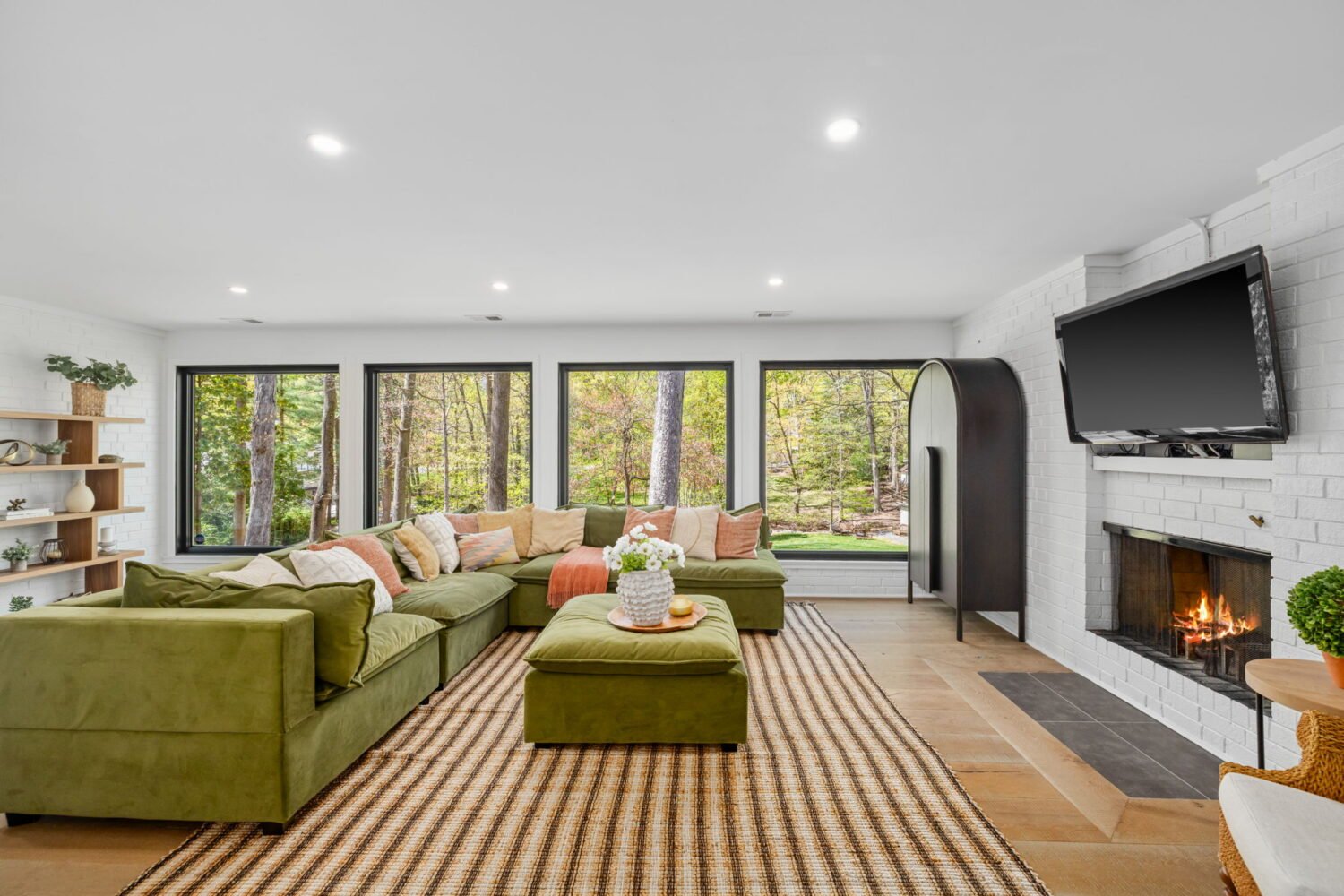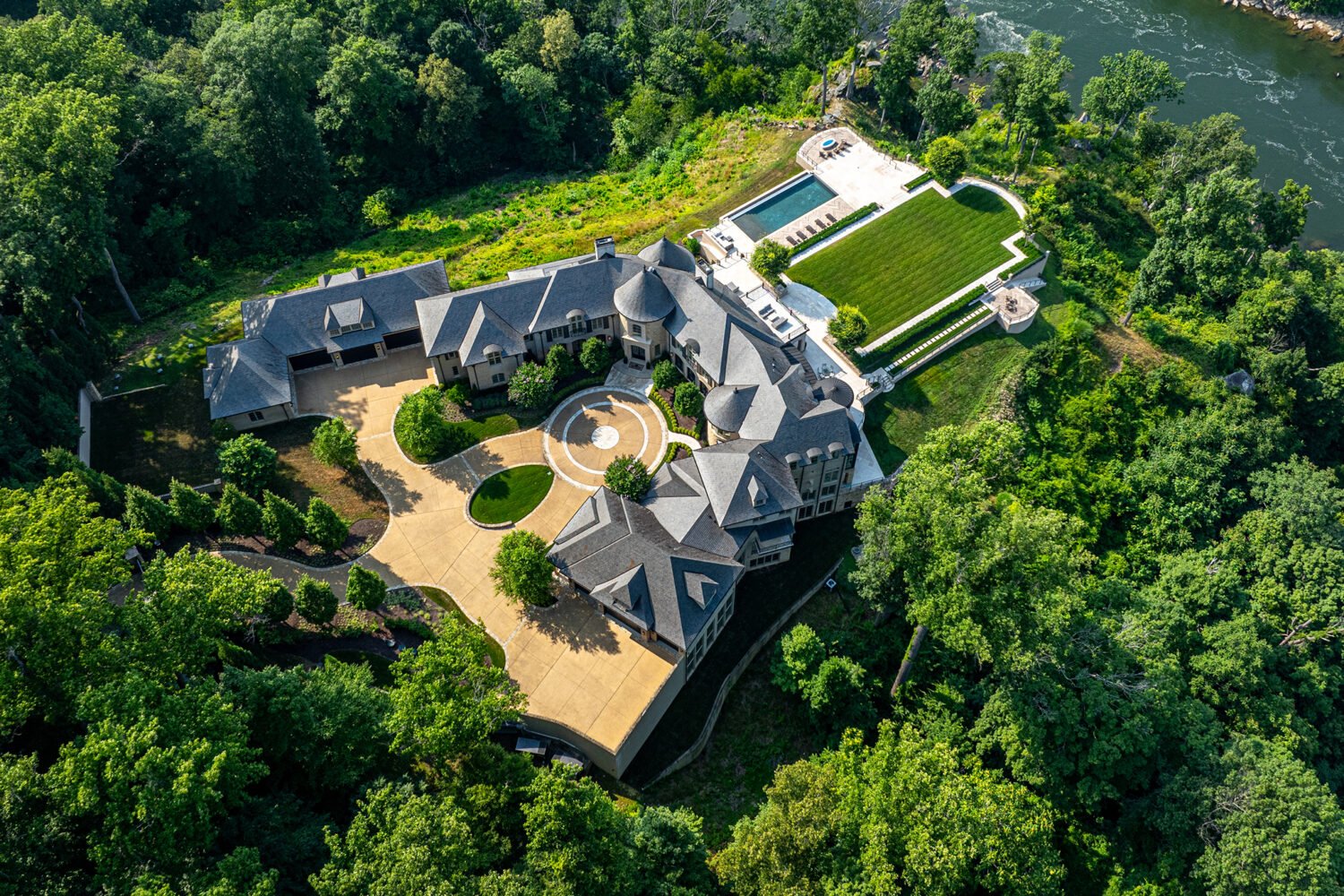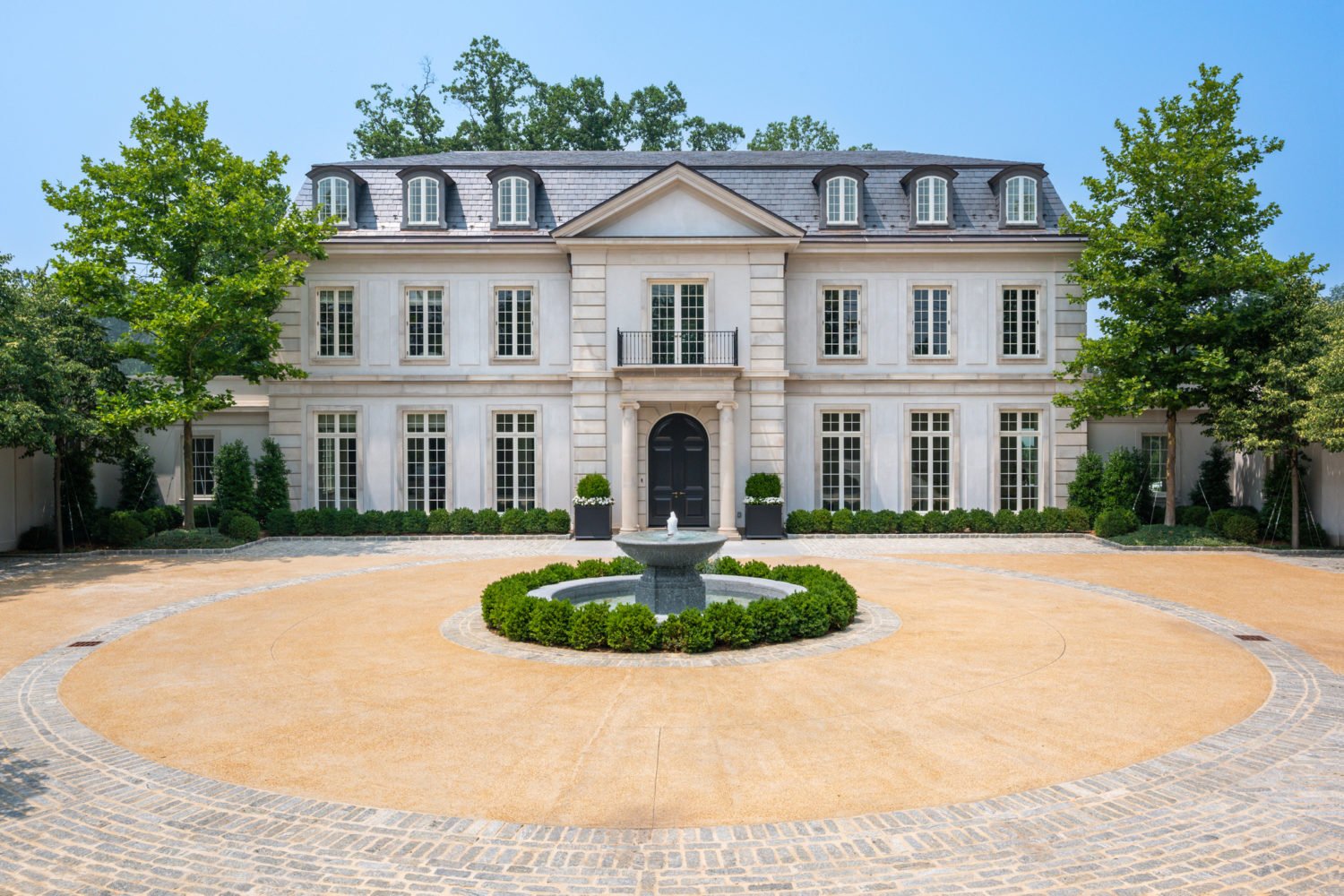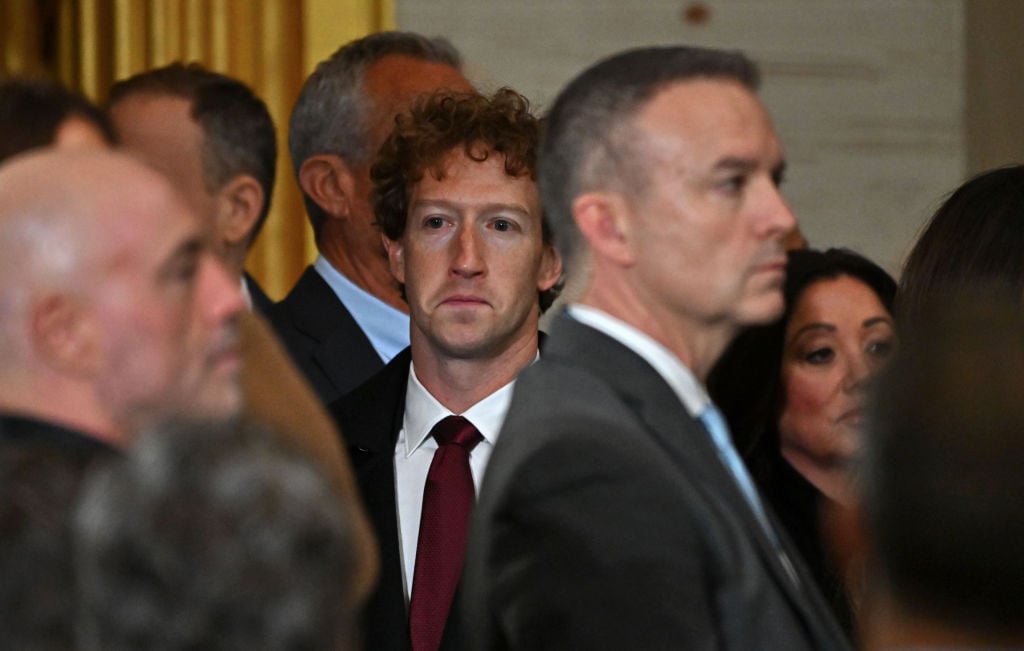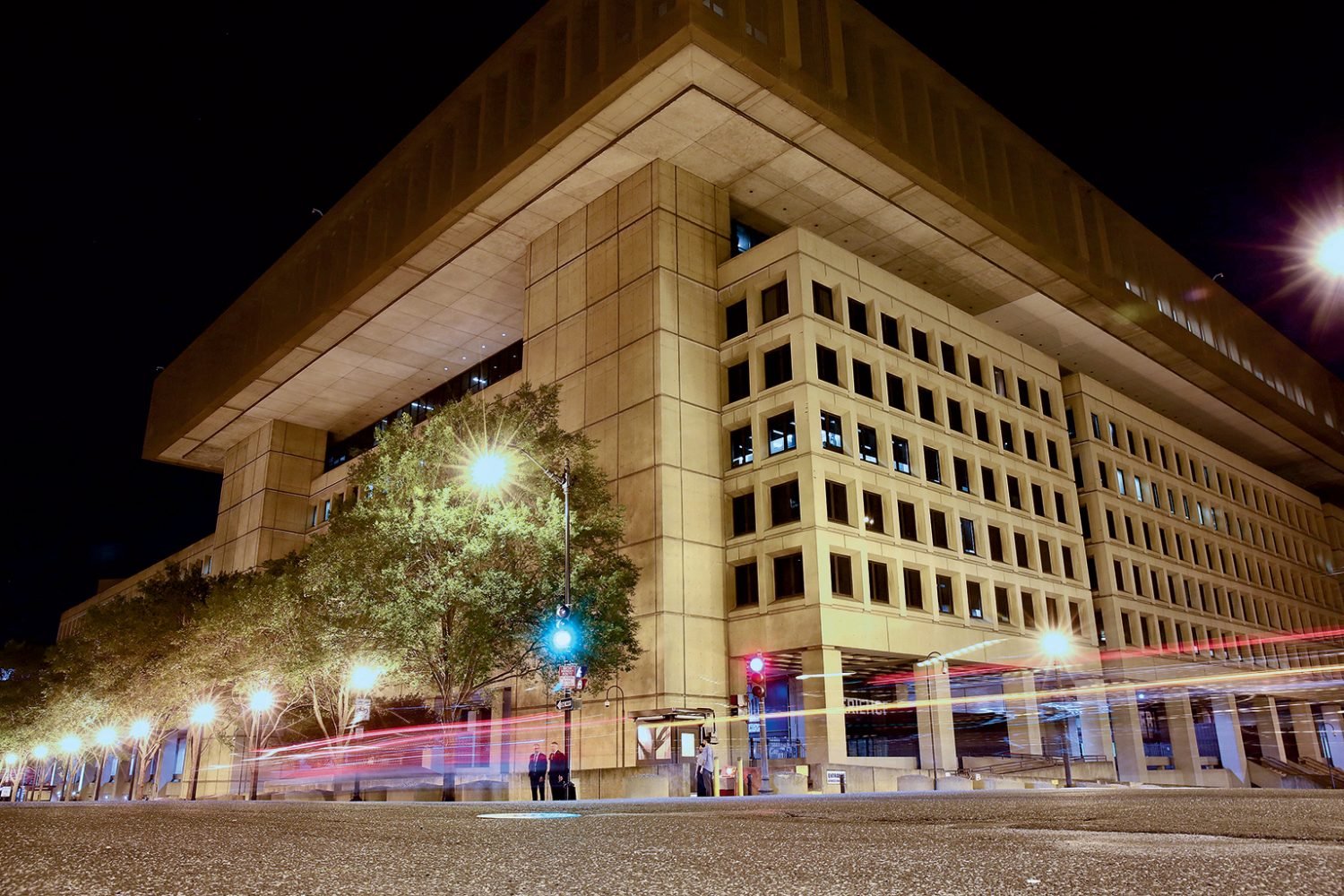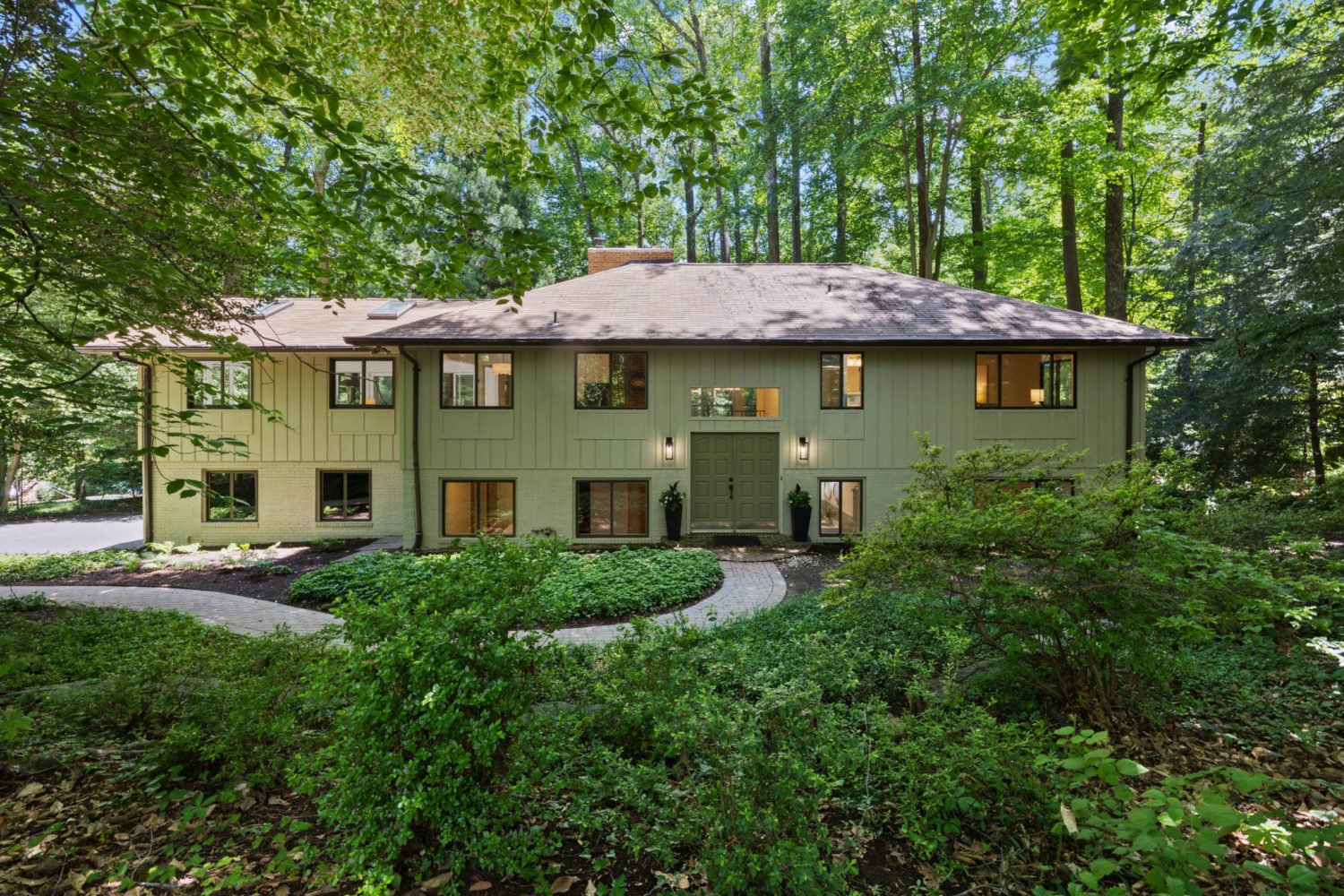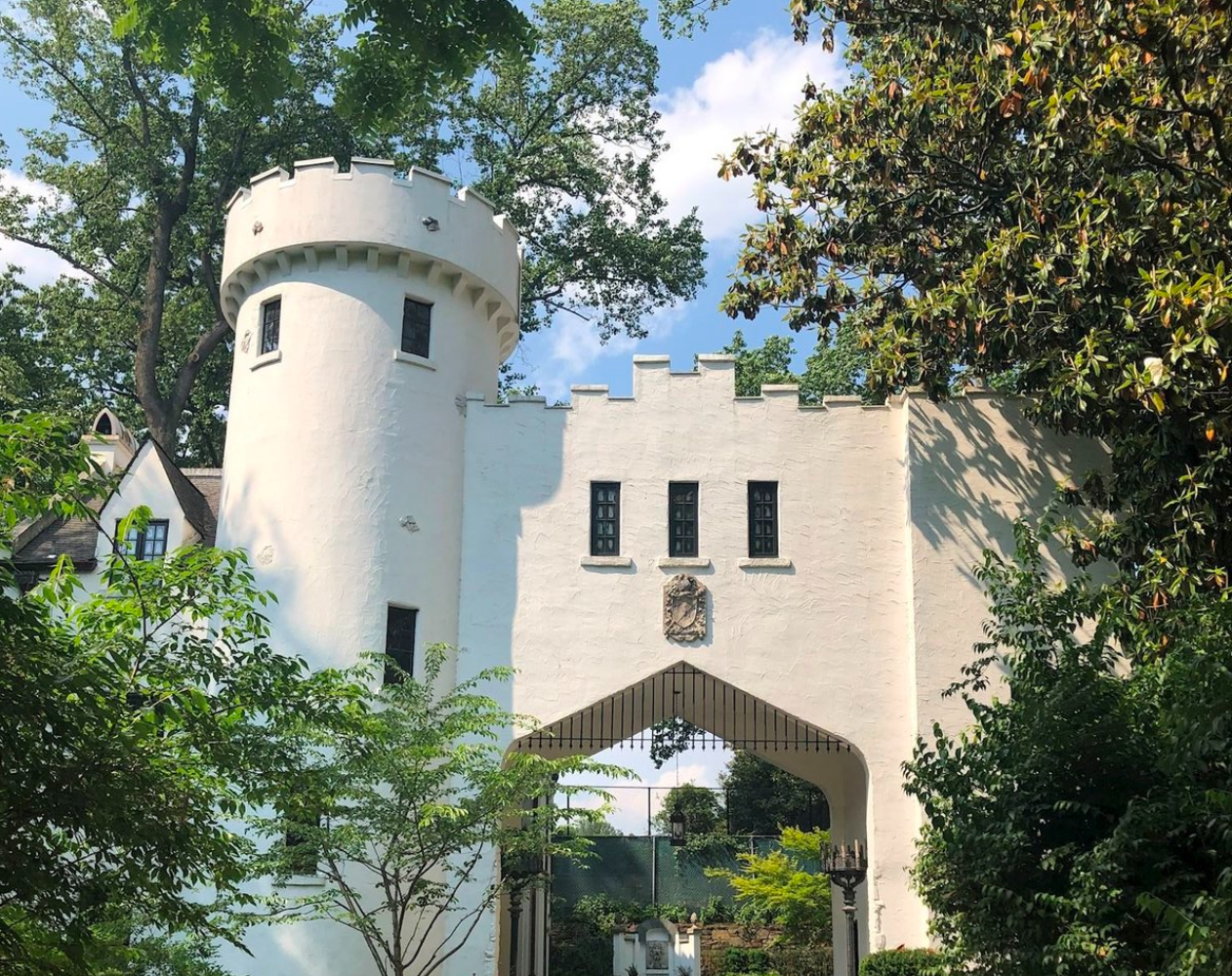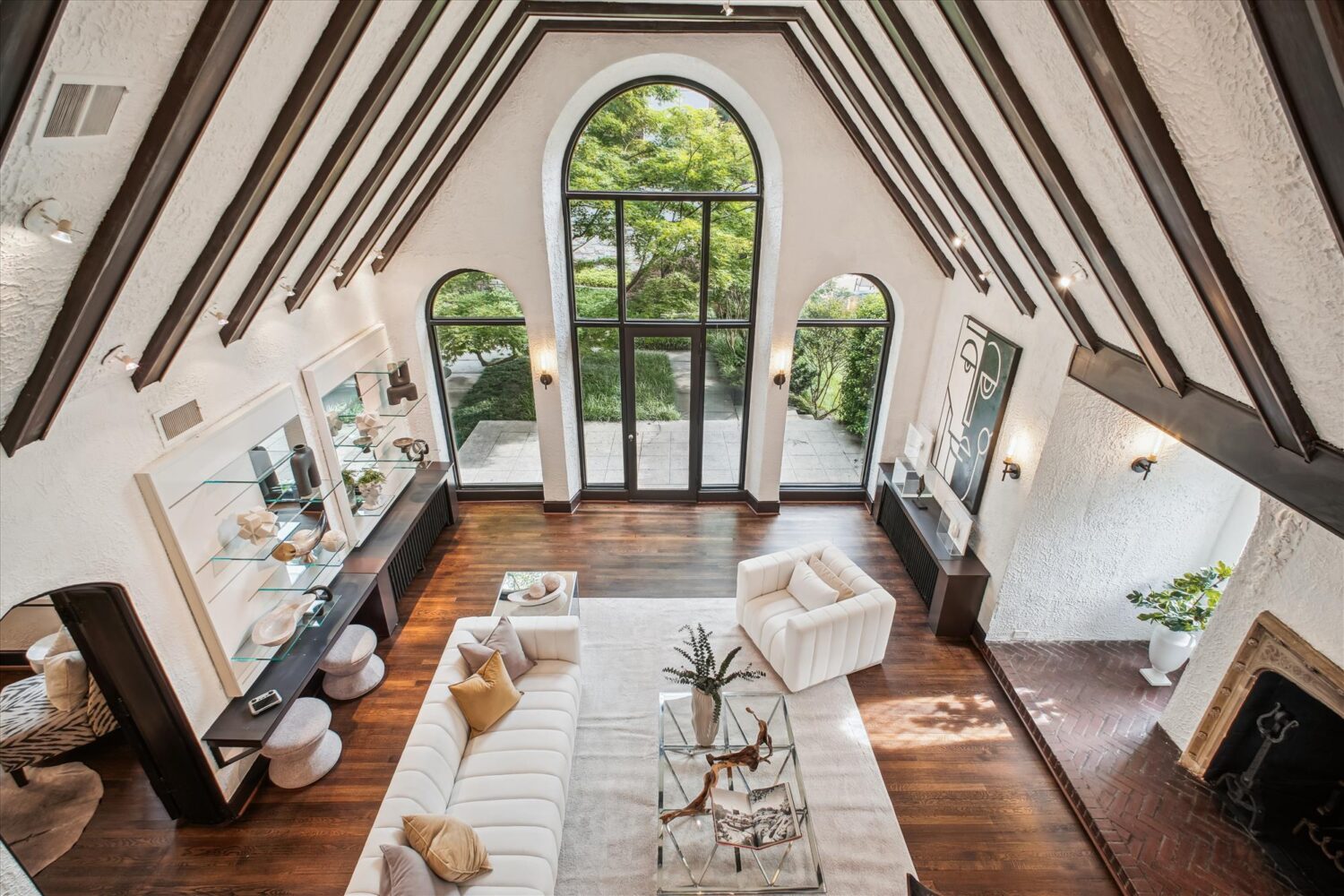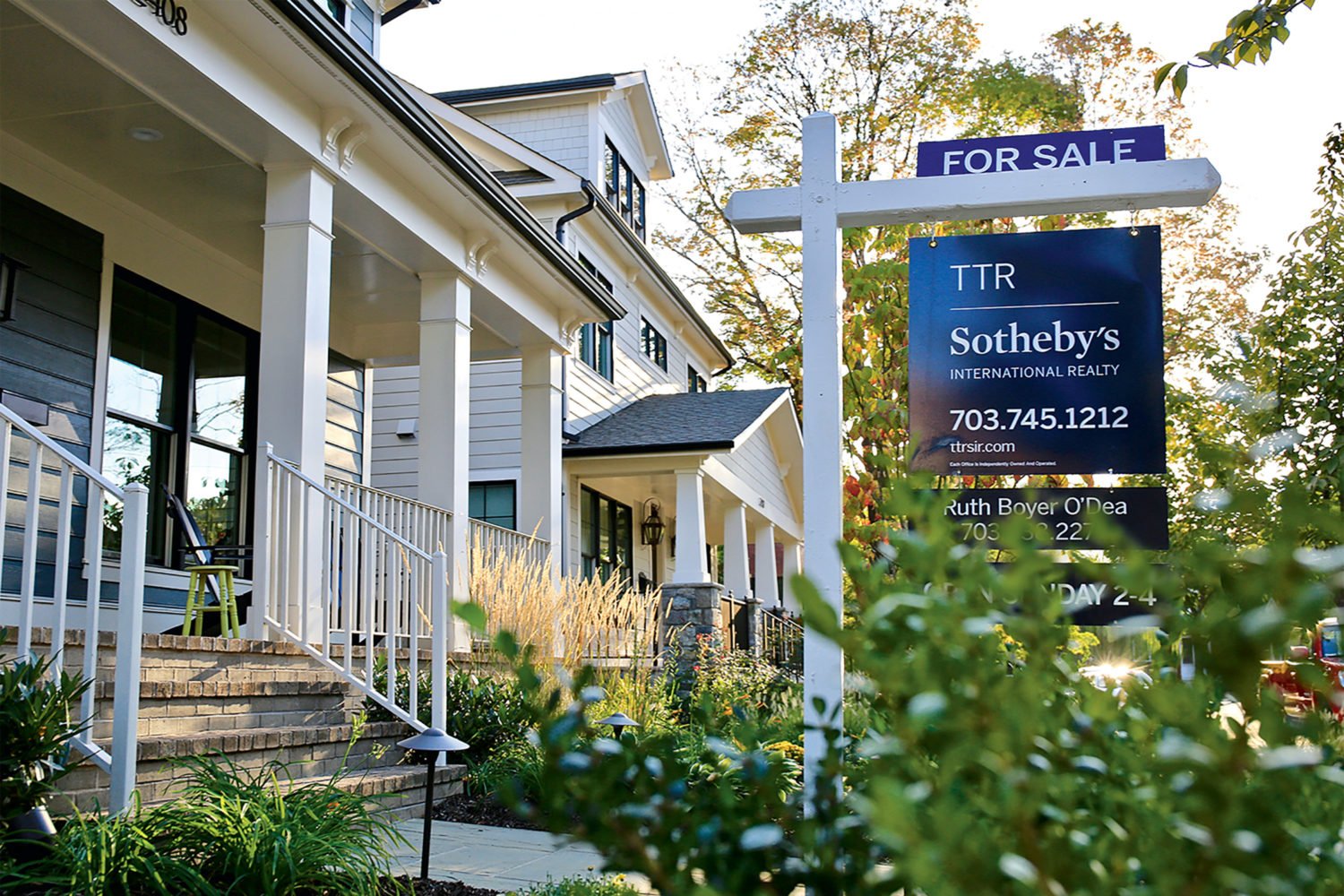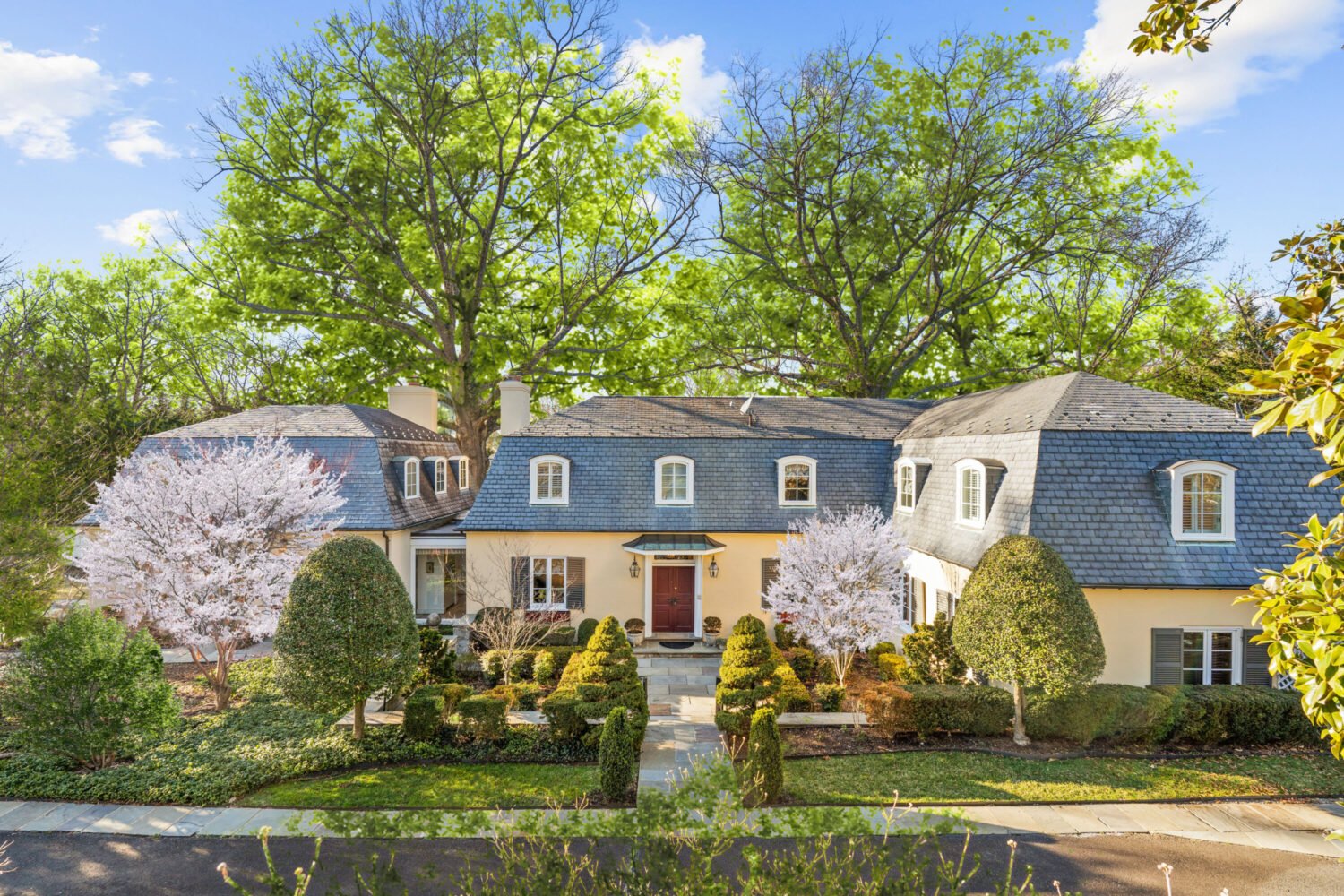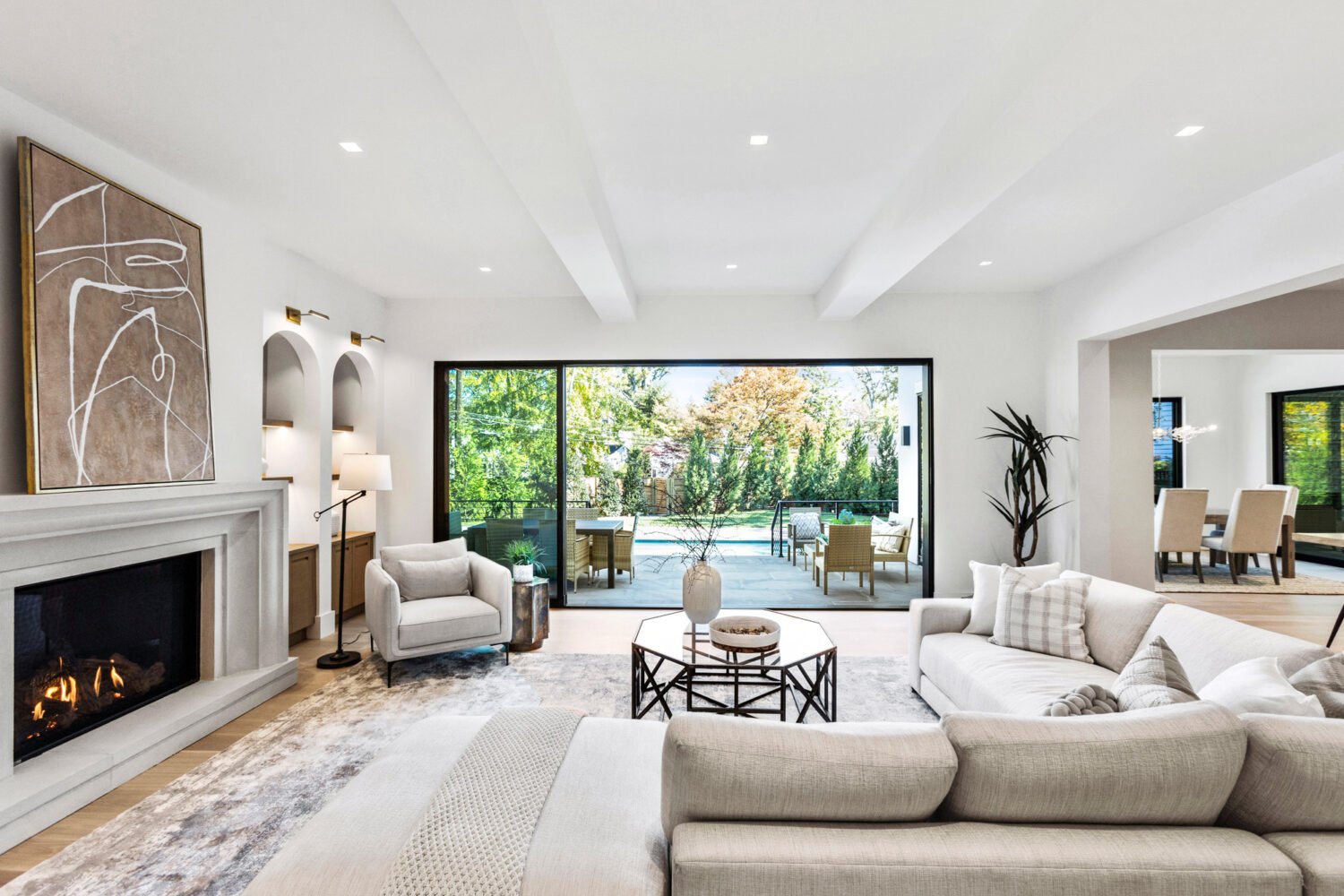You just moved to a gentrifying area and the vacant house next door looks tempting. The developer who sold you your place made six figures in a few months. What should stop you from doing the same?
Turns out, quite a lot.
First, getting the house could be hard if professional flippers are interested, because they usually pay cash and waive contingencies. This isn’t true only in DC. Real-estate agents say farther-out suburbs—such as parts of Loudoun County, once rife with foreclosures—are no longer easy targets for amateurs. “Many builders are buying houses [there] and tearing them down to put up new ones,” says Keller Williams’s Tim Pierson. “It’s simply hard to compete, and the inventory is low.”
Abandoned houses don’t always have eager sellers—they may be tied up in a dispute, or the owners could be waiting to sell until the property appreciates more.
Most important: “Developers have a whole set of numbers and profit margins they run,” says Compass agent Mandy Mills. “If you’re an individual without experience, it can also be tough to get construction crews or jump through the permitting process.”
Developers often retain the same crews and get discounts on materials. So if a developer snagged a townhouse for $400,000, spent $200,000 on improvements, and sold it for $800,000, do not assume the same math will work for you. Renovating a typical rowhouse could cost you $250 a square foot, whereas a developer could get it done for $100 to $150.
At the end of the real-estate bust in 2009, then again at the start of the uptick in 2012, “everyone fancied themselves a flipper,” says Mills. Back then, there were enough cheaply priced fixer-uppers for both professional investors and newbies to make quick money. That moment has passed, at least for now.
This article appears in the April 2017 issue of Washingtonian.


